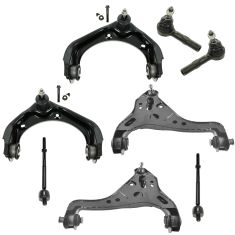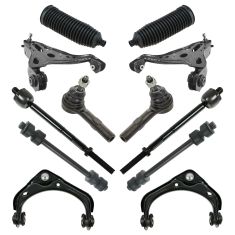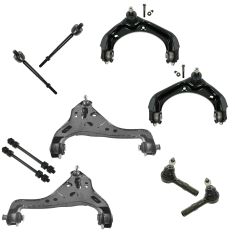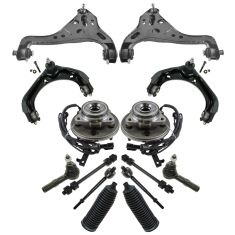1ASFK03596-Ford Mercury Front Upper & Lower 4 Piece Control Arm with Ball Joint Set TRQ PSA62552
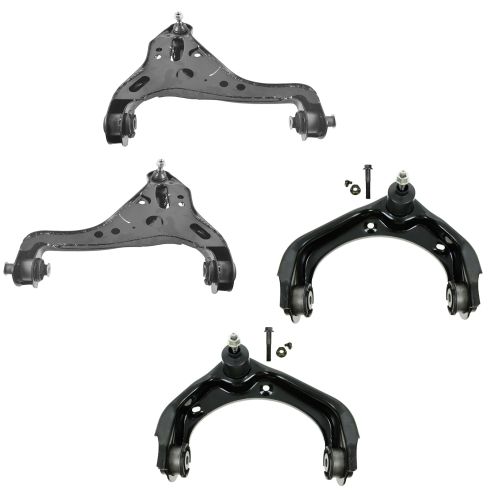
Replaces
2006 Ford Explorer Front Upper & Lower 4 Piece Control Arm with Ball Joint Set TRQ PSA62552

Product Reviews
Loading reviews
5.00/ 5.0
3
3 reviews
Excellent parts
December 4, 2018
Installed these on a 2008 Explorer and was completely satisfied. The lower control arms had a slightly different geometry in a non-critical location that made installation a breeze. Had to use a grinder on the originals to get them out.
Upper & Lower Control Arms with Ball Joints
December 29, 2019
I purchased these upper &; Lower Control arms with Ball joints from 1 A Auto because they have a high Quality Product at an unbelievable unbeatable Price. My local auto Zone Charges Double for the same parts. I like to get a good deal and save money, so for now on I will trust in A1 AUTO for all my part Purchases. After my Mechanic installed these Control Arms on my 07' Explorer Sport Trac, It felt like driving a new car. Not only did it handle better, it felt tight. I'm confident in A1Auto and hope you all will be too. I'm a customer for LIFE.
Bernie O.
Connecticut
Perfect parts, fast shipping 5*s
June 12, 2022
My parts were delivered quickly and in perfect new condition just as described. They were the perfect fit, after a bit of arguing with the lower. They do not come with instructions so make sure you already know which is which before you get rid of your old parts.
Customer Q&A
No questions have been asked about this item.
Ford is a registered trademark of Ford Motor Company. 1A Auto is not affiliated with or sponsored by Ford or Ford Motor Company.
See all trademarks.









